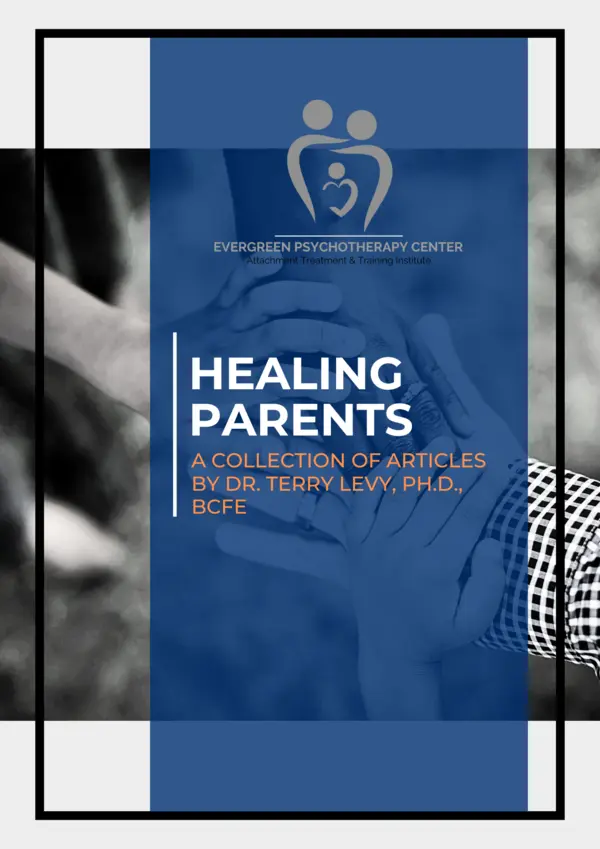Background reading
Trauma affects children on many levels of biological functioning. Threats to the infant and young child that are of sufficient intensity, duration, or frequency, such as abuse, neglect, and anxious-disorganized attachment, trigger an alarm reaction (“fight, flight, freeze”).
This instinctual response to real or perceived danger is a normal response to acute stress. Traumatic experiences during infancy and childhood, however, can trigger prolonged alarm reactions, which alter the neurobiology of the brain and central nervous system. The brain develops sequentially, with the vast majority of structural organization occurring in childhood. Thus, early life experiences have a disproportionate influence on the developing brain. Lack of critical nurturing and exposure to traumatic stress and abuse alters the nervous system, predisposing the child to be impulsive, overreactive, and violent (Perry 1994, 1995; Schore 2012).
Interpersonal trauma, lack of stress-reducing secure attachment, and chronic activation of fear, often results in posttraumatic stress disorder (PTSD) in children. PTSD develops in children, adolescents, and adults following extremely stressful and frightening events, such as abuse, violence, or a disaster, during which the person feels helplessness, fear, and horror. The diagnosis of PTSD requires three criteria: 1) reexperiencing, such as flashbacks, nightmares, and memories; 2) avoidance and numbing, including dissociation and avoidance of trauma reminders; and 3) hyperarousal, involving impulsivity, agitation, and hypervigilance.
Additional symptoms include physical problems (e.g., headaches, stomach pain), sleep disturbance, eating disorders, depression, anxiety, and substance abuse. The symptoms are both psychological and biological. Maltreatment and compromised attachment activates the stress response, increasing heart rate, respiration, and the release of stress hormones. The child remains in a heightened state of anxiety, leading to emotional, cognitive, and physical problems.
Interpersonal neurobiology
The relatively new field of interpersonal neurobiology is a developmental theory that integrates psychology and biology (Arden & Linford 2009; Cozolino 2006; Schore 2012; Siegel 1999). The focus is on the early stages of life, which are central to building the brain’s structures and functions. During the “decade of the brain”—from about 1995 to 2005—new technologies, such as the MRI, enabled researchers to learn about the brain as it processes internal and external information. The essence of these studies is clear and now widely accepted in the mental health field: in utero and early postnatal experiences shape brain development and the children, adults, and parents we become. The infant’s attachment relationships play a primary role in shaping the developing brain and the neuronal connections in the brain.The Limbic System
The limbic system is the social and emotional part of the brain, governing attachment, nurturing instincts, learning, implicit memory (preverbal, unconscious), motivation, stress response, and the immune system. The circuits of the limbic brain are wired together almost entirely by attachment experiences, and are altered by stress and trauma. In other words, the neurons of the limbic regions are genetically programmed to connect with one another via early child-caregiver interactions.Neurochemicals
The brain and nervous system are composed of billions of neurons, which form connections with many other neurons to create a neural network. Neurons communicate with one another between gaps, or synapses, via electrical and chemical messages. Neurons that fire together become wired together. Over time, the brain circuits and networks that result from these firings lead to “wiring” of the brain. The social and emotional environment of the infant—early attachment experiences—are critical to the development of those neural networks. Changes in the wiring of brain circuits can occur at any time in life as a result of new and healing experiences (neuroplasticity). The following is a list of the most significant neurochemicals that relate to attachment, mood, behavior, and stress:- Cortisol: released by the adrenal glands during the stress response; increases heart rate and blood pressure and results in arousal and anxiety.
- Dopamine: associated with attention, motivation, bonding, and pleasure; drugs such as cocaine and methamphetamines trigger the release of dopamine; mobilizes the body for fight-flight-freeze response.
- Serotonin: affects mood, impulse control, and survival; plays a key role in depression, aggression, and anxiety; selective serotonin reuptake inhibitors (SSRIs) are popular antidepressants and increase serotonin flow.
- Norepinephrine: regulates arousal, alertness, attention, and motivation; makes senses more alert under stress.
- Epinephrine (Adrenaline): prepares us for danger or threat by focusing attention, sharpening senses, and increasing fear.
- Neuropeptides: Endorphins buffer stress, reduce pain, and increase pleasure (e.g., runner’s high). Endorphins increase during parent-child connection.
- Oxytocin: promotes maternal behavior (nurturing, nursing) toward children. Loving touch increases oxytocin in the blood of caregivers.
- Vasopressin: also plays a role in bonding and attachment, as well as inhibiting fear and reducing stress hormones.

